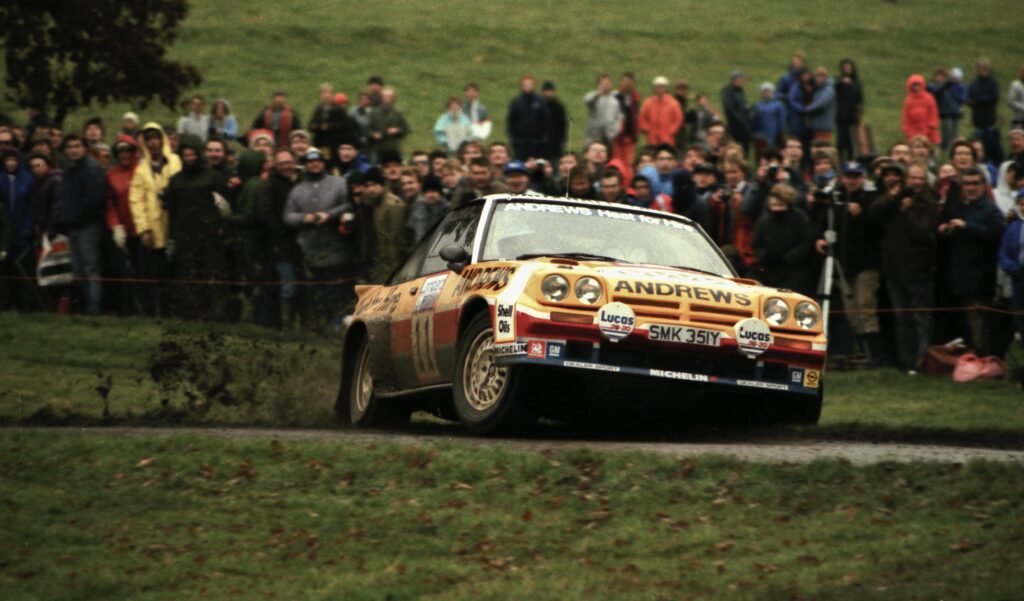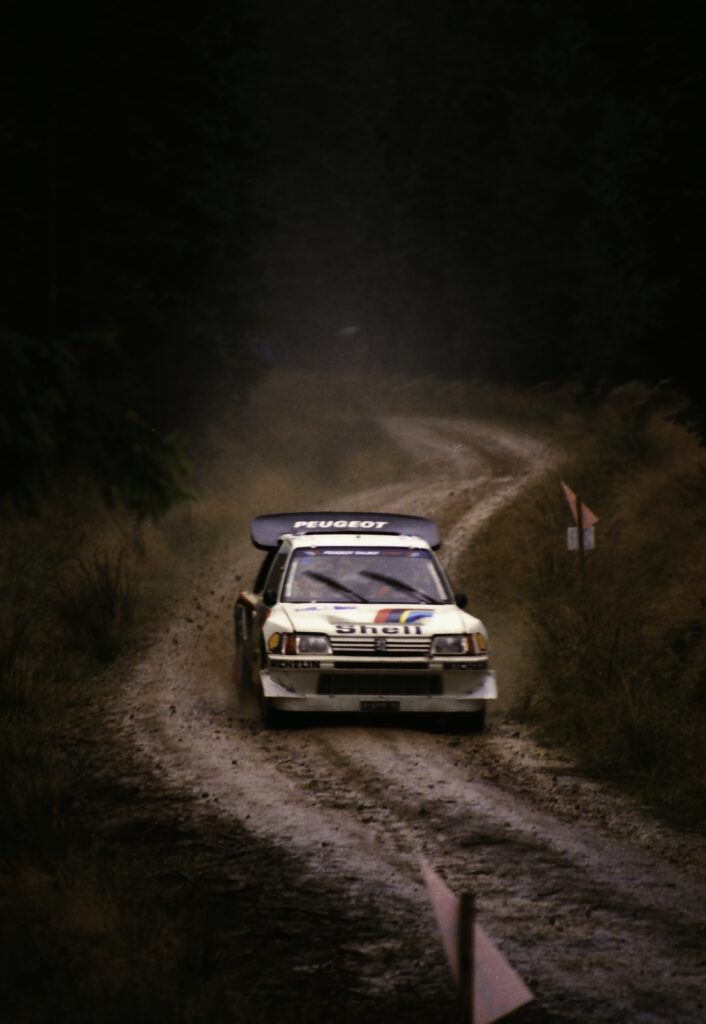In a similar vein to Compact Diaries, this stream trickle of pages will become another take on photography, but one I’ve been doing for decades! Good old analog film.
Way before my first foray into “proper” digital photography in 2001 with a Canon EOS 300D, I used three or four 35mm film cameras from Fuji, Olympus and Canon and as a result, still have boxes of slides and negatives stashed away. Some have been digitised, as you’ll see below, but a lot are untouched and only been seen a few times in years.
When I decided to join an evening course at Sheffield College, that got me back into photography in a big way really, one of the highlights was developing B&W film and using a darkroom again. Running a film through a camera and taking photos is easy, though not knowing if you’ve captured exactly what you wanted is always worrying. Though getting the film out of a 35mm can and loaded onto a developing spool and into a tank, when you can’t see what you’re doing as it has to be total darkness is interesting to say the least. Once that’s done, you pour chemicals in to the tank and carry out a weird variation on shaking a cocktail to develop it, followed by washing and drying it, only then do you get chance to glimpse what might be.
But that’s only half the process! Printing and developing your desired image onto photographic paper comes next and here’s where you find out if you got the focus just so, let alone cropped part of someone’s head off. Then, the best bit, placing your still seemingly white sheet of paper into a developing bath and watching with bated breath usually, as the chemicals develop the image and your photo magically comes into view. Yes, it’s long winded compared to digital, but there’s something cathartic to the whole process, all carried out in the dull red glow of a darkroom light.
Black and white developing and printing can be done at home with a bit of effort, but colour film processing is a whole different ball game. B&W is very forgiving in the latitude you have to develop and process the film, colour won’t take any messing in comparison, you have to be within distinct tolerances or you ruin it and its at higher temperatures than B&W too, requiring tank heaters as a minimum. Consequently, it’s best left to professionals to do, more so if you use slide film which is another different beast.
Two things coincided to start me off with this column. One of the aircraft groups I’m in on Facebook is for British heritage aircraft and a chap posted a photo of an English Electric Lightning taken on Kodachrome 64 slide film back in the day. If you consider that the aircraft would have been doing about 200mph at the time, the photographer would have been some distance away, so having to use a relatively heavy telephoto lens that he has to keep steady and to get the effect he achieved, pan the camera, he’s done rather well. Other than admire the aircraft, many commenters on the group mentioned the colours in the image. Kodachrome 64 had a unique character, so unique that many people can pick out an image taken on it or Kodachrome 25 from those using any other film; it’s just so.
Despite the best efforts of many with vastly better skills than I with any digital developing software, none seem to have manage to get that look with any digital image, regardless of what it was taken with. They may have come close, but they still miss that certain feel which only occurs when light hits the emulsion on celluloid and that emulsion’s reaction with the Kodachrome process chemicals.
Such was the reverence of pro photographer for Kodachrome, that one of my favourites, Steve McCurry, asked to have the last roll off Kodak’s production line and National Geographic filmed him using it. The resultant video is on YouTube. Worth a watch.
The second event to prompt my verbal outburst was an email from one of the places I get film from, Analogue Wonderland, who rightly pointed out that vinyl records seem to hog the limelight in our current love for retro and the past and asked the question: Why do people (still) shoot film?
For me, other than it being something I’ve done for nearly half a century, it’s the whole process. With digital, you end up taking as many shots as you see fit, safe in the knowledge that it won’t cost you an arm and a leg to “develop” them, and if most of them come out looking like Jackson Pollack’s finest and you didn’t actually want that, you can just hit delete.
Film is another matter, you only have maybe 36 frames in the camera, you take far more time to get your exposure right, more so as you can’t readily make changes to the film speed (ISO setting to you all digital folks) it’s set for the whole roll of film and if you do “push or pull” the speed, you have to tell whoever is developing it! There’s no IBIS (stabilisation) on any film camera I know of, so you have to consider shutter speed far more and keep it fast enough to stop your shaking paws blurring the image, which means if its dull or whatever you’re taking photos of is moving, you have to juggle with aperture settings to get everything in focus. It becomes mindful photography. It’s wonderful!


